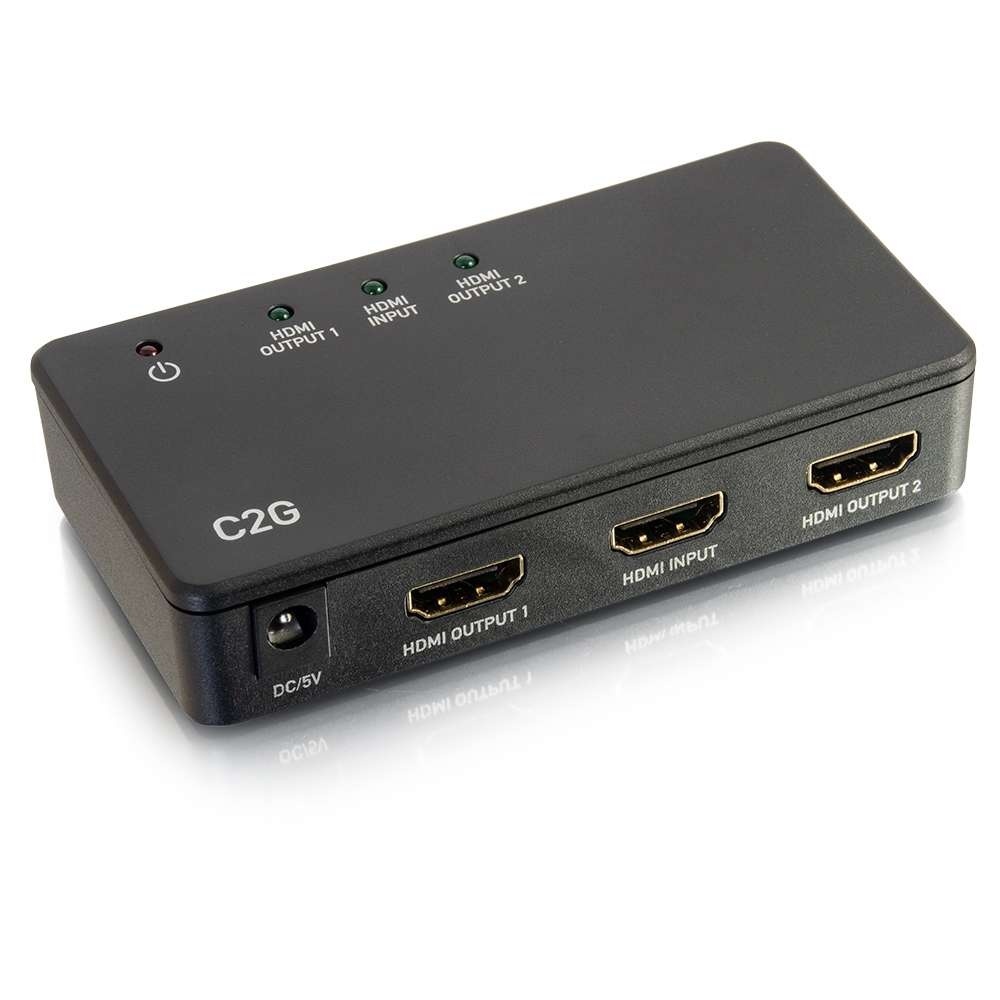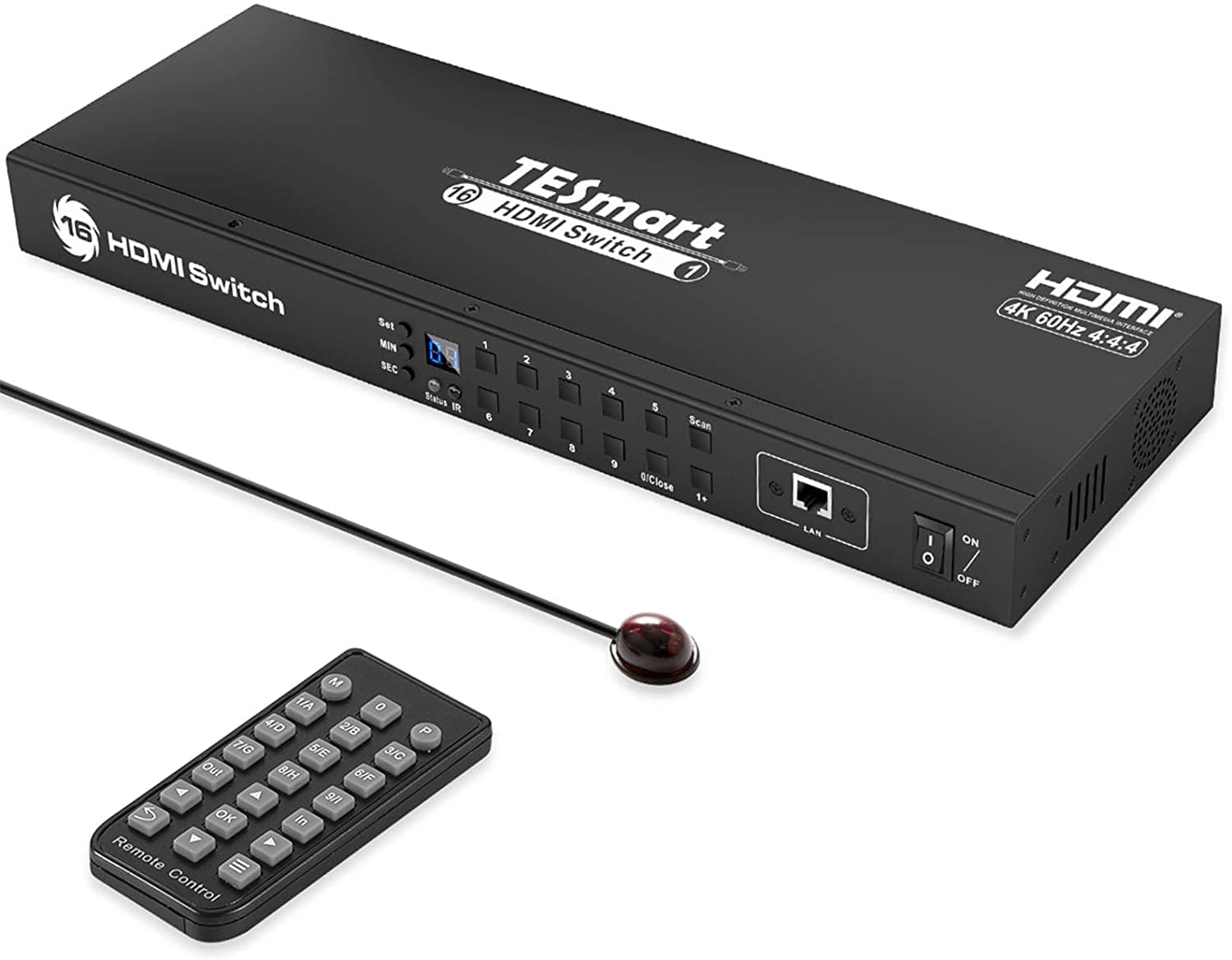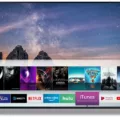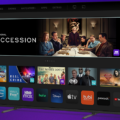HDMI (High-Definition Multimedia Interface) is a standard for transmitting video and audio signals between devices. It has become the most common interface used to connect devices such as gaming consoles, Blu-ray players, and cable/satellite boxes to TVs, monitors, and projectors. HDMI carries both video and audio signals, making it a convenient and efficient way to transmit high-quality multimedia content.
However, there are situations where you may need to send the same HDMI signal to multiple displays or monitors. This is where HDMI distribution amplifiers and HDMI splitters come into play.
HDMI distribution amplifiers, also known as HDMI splitters with amplifiers, are devices that take a single HDMI input and amplify and distribute the signal to multiple HDMI outputs. They are designed to enhance the projection of content on multiple monitors or televisions, making them ideal for use in commercial or educational settings, as well as home theaters.
An HDMI distribution amplifier is essentially an electronic device that takes a signal from one source and transmits the content from that signal into multiple copies. The number of supported displays can vary depending on the specific device, with some supporting only two displays, while others can support up to eight or more.
HDMI splitters, on the other hand, are devices that take a single HDMI input and split it into multiple HDMI outputs. They are designed to send the same video signal to multiple displays or monitors, making them ideal for use in situations where you want to watch the same content on multiple TVs or projectors.
One of the key differences between HDMI distribution amplifiers and HDMI splitters is that amplifiers can boost the signal, while splitters cannot. This means that if you are using a long HDMI cable, an HDMI distribution amplifier may be a better choice as it can help to ensure that the signal remains strong and clear. HDMI splitters, on the other hand, are better suited for shorter cable runs.
It is also worth noting that HDMI splitters do not automatically reduce quality because they are copying a digital signal. However, using lower-quality hardware or a non-powered HDMI splitter can result in a lower-quality signal. Additionally, splitters used with very long HDMI cables may have signal quality issues due to the cable length.
HDMI distribution amplifiers and HDMI splitters both have their uses and can be incredibly valuable tools for anyone who needs to send the same video signal to multiple displays or monitors. When choosing between the two, it is important to consider factors such as the length of your HDMI cables, the number of displays you need to support, and whether or not you need to boost the signal. With the right device, you can ensure that your multimedia content is projected clearly and efficiently, no matter how many displays you need to support.

Does an HDMI Splitter Increase Signal Strength?
HDMI splitters do not amplify the signal. Their main function is to distribute an HDMI signal from one source to multiple displays. HDMI splitters are designed to send the same signal to all connected displays without any amplification or boosting of the signal. It is important to note that using an HDMI splitter may cause signal degradation due to the signal being split among multiple displays. However, this can be mitigated by using high-quality cables and devices. HDMI splitters do not amplify the signal but simply distribute it to multiple displays.
Comparing HDMI Switch vs. Splitter
When it comes to choosing between an HDMI switch and an HDMI splitter, it really depends on your specific needs. An HDMI switch allows you to connect multiple devices to a single HDMI input on your TV or monitor, and then switch between them as needed. This is useful if you have limited HDMI ports on your TV, or if you want to avoid constantly unplugging and replugging in devices.
On the other hand, an HDMI splitter allows you to take a single HDMI input and split it into multiple outputs, sending the same signal to multiple devices. This is useful if you want to send the same signal to multiple TVs or monitors, or if you want to display the same content on different devices in different rooms.
So, if you need to connect multiple devices to a single HDMI input, then an HDMI switch is the better option. However, if you need to send a single signal to multiple devices, then an HDMI splitter is the way to go. Ultimately, the choice between an HDMI switch and an HDMI splitter depends on your specific needs and preferences.

The Benefits of Using an HDMI Distribution Amplifier
An HDMI distribution amplifier is an electronic device that allows you to display the same content from a single source on multiple displays, televisions, or monitors. It takes an input signal from a source device such as a cable box, Blu-ray player, or computer and amplifies it to multiple output signals, which are then sent to multiple displays. This device is commonly used in settings such as conference rooms, classrooms, and home entertainment systems where multiple displays are required to show the same content simultaneously. It can support high-definition video and audio signals up to 4K resolution, providing a seamless viewing experience for multiple viewers. Some HDMI distribution amplifiers also include additional features such as EDID management, which allows for seamless communication between source devices and displays for optimal image and sound quality. an HDMI distribution amplifier is an essential device for anyone looking to display the same content on multiple displays without sacrificing quality or clarity.
Does Using an HDMI Audio Splitter Impact Audio Quality?
An HDMI audio splitter does not necessarily reduce the quality of the audio signal. This is because the splitter copies a digital signal, which means that there is no loss of quality during the splitting process. However, the quality of the hardware used in the splitter can affect the audio signal. If lower-quality hardware or a non-powered HDMI splitter is used, there is a greater chance of signal degradation. Additionally, if the splitter is used with very long HDMI cables, there may be signal quality issues due to the cable length. To ensure the best audio quality, it is recommended to use high-quality hardware and keep the length of the HDMI cables as short as possible.
Conclusion
HDMI technology has revolutionized the way we connect and transmit audio and video signals. With its ability to provide high-quality digital signals, it has become the standard for audio and video transmission. HDMI cables and adapters are widely available, and you can connect multiple devices using HDMI splitters or distribution amplifiers. When selecting your HDMI equipment, it is essential to consider the quality of the hardware and the length of the cables used. With the right setup, HDMI technology can provide a seamless and high-quality audio and video experience for all your devices.








